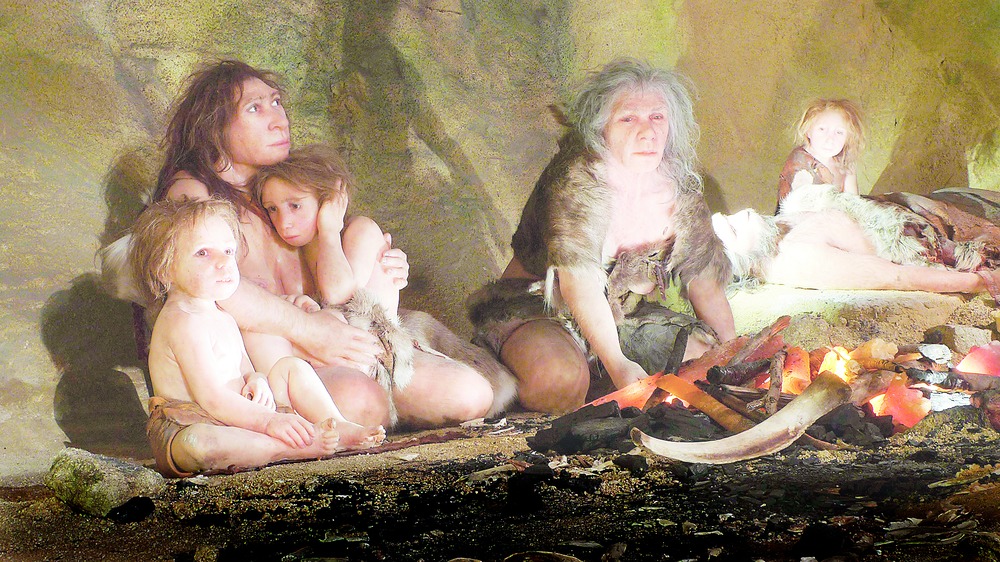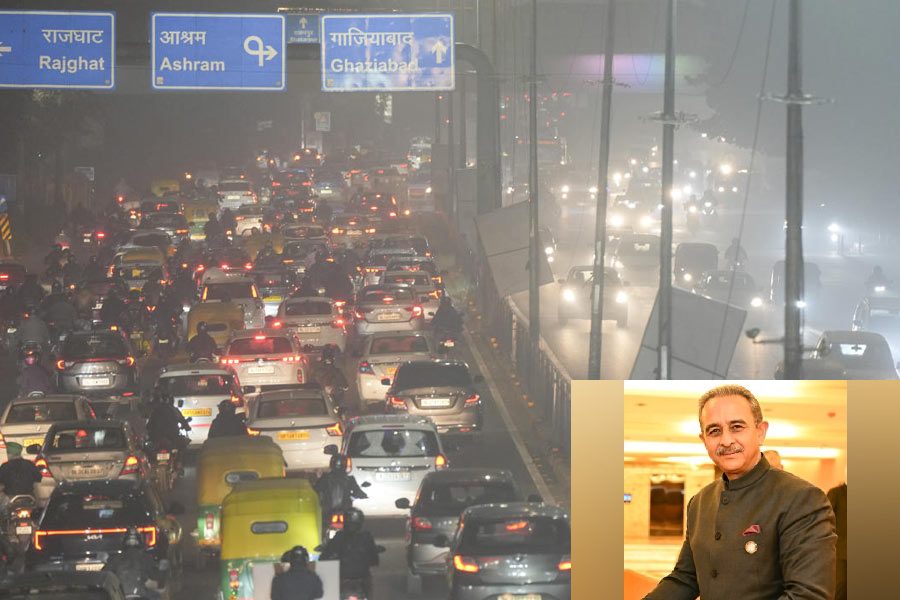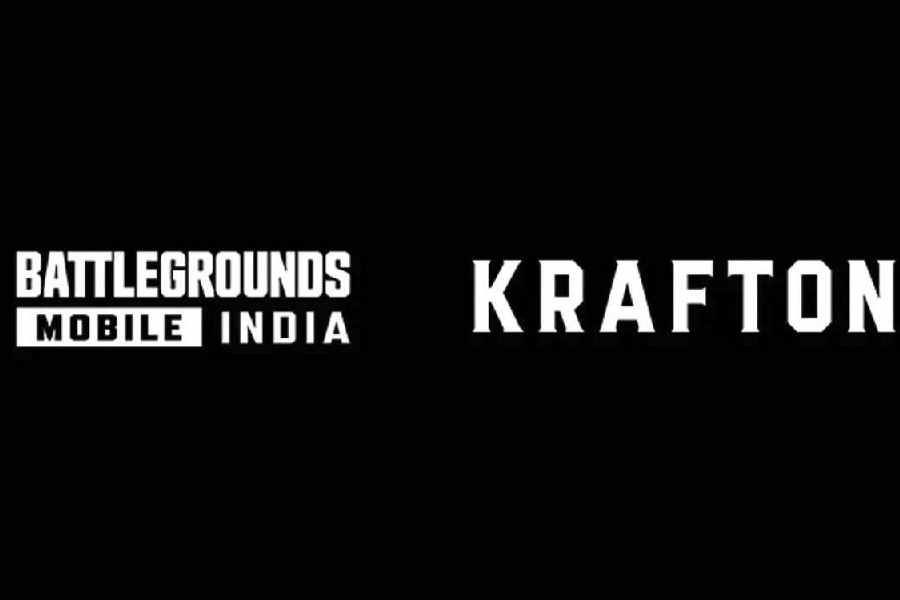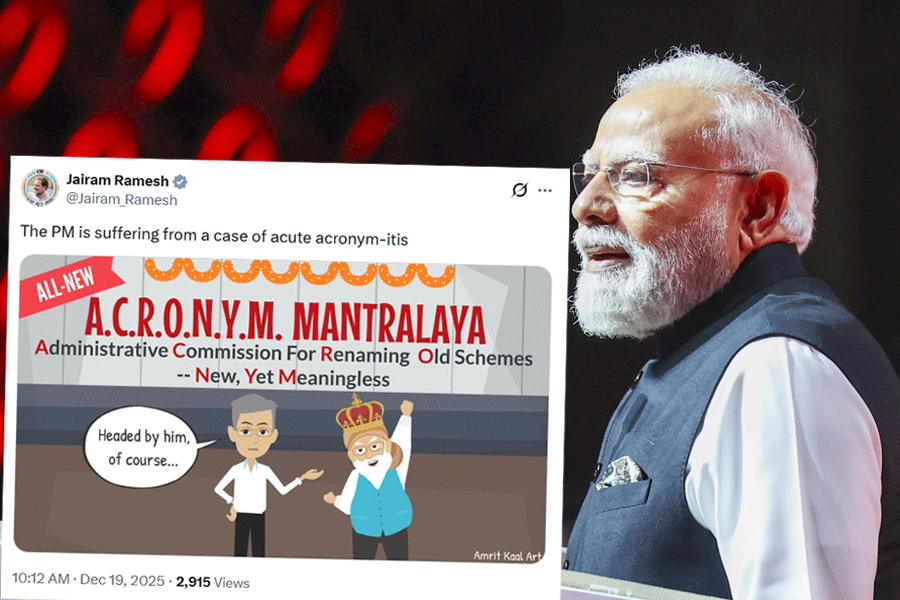
Sriram Sankararaman, assistant professor of computer science and human genetics at the University of California Los Angeles and a team from Harvard Medical School, headed by his former postdoc adviser and geneticist David Reich, have shown that South Asian bloodlines carry DNA from Denisovan, a mysterious population of hominids that lived around the same time as the Neanderthals. The team of researchers, which includes another India-born scientist Swapan Mallick, estimates that modern humans interbred with Denisovans about 100 generations after their tryst with the Neanderthals. Sankararaman, who did his BTech from the Indian Institute of Technology Madras in 2004, tells T.V. Jayan in an email interview that they were surprised to see South Asians have more Denisovan ancestry than expected. Excerpts:
Q: What role did Homo sapiens’ sexual encounters with Neanderthal and Denisovans play in the emergence of modern humans?
To give you some context, analysis of genetic data has given us a broad outline of how all humans are related: all present-day non-Africans trace their ancestry to a small set of people that came out of Africa 50,000 to 100,000 years ago. In the last five years, with the sequencing of genomes from archaic humans — the Neanderthals and Denisovans — wrinkles have appeared in this outline. By comparing these genomes to different modern genomes, we know that all non-Africans carry 1-4 per cent of Neanderthal ancestry while populations in Australia and New Guinea carry 3-6 per cent ancestry related to Denisovans, over and above their Neanderthal ancestry.
There are also differences in the proportion of archaic ancestry among present-day populations. People in west Eurasia carry less Neanderthal ancestry than those in East Asia and Native America. People in East Asia also carry traces of Denisovan ancestry.
However, these surveys were limited in the number of populations — for example populations from Oceania that carry substantial Denisovan ancestry or populations from South Asia were not studied before. In our paper (which was recently published in the journal Current Biology), we looked at present-day genomes from more than 100 populations and developed a statistical model to tease apart Neanderthal and Denisovan ancestry in these populations.
One of the biggest surprises for me is that South Asians carry more Denisovan ancestry than expected. The discovery of Denisovan ancestry in these populations was already a surprise. Further, this ancestry was much more than could be explained if south Asians had some ancestry from East Asian populations that we know have Denisovan ancestry. Instead, a model where there were three interbreeding events (one each in the ancestors of Oceanians, East Asians and South Asians respectively) could explain these observations. It is also possible to explain our observation by a model where there was a single interbreeding event with Denisovans that could be diluted to different extents in these populations.
Q: Which South Asian populations have been studied specifically for this purpose?
We sequenced individuals from 25 south Asian populations from diverse geographical locations, linguistic and cultural groups. We found that Sherpas and Tibetans have elevated proportions of Denisovan ancestry among south Asian populations.

Q: Considering that there is not much fossil record of Denisovans available, how could you carry out this research?
The fossil record of Denisovans (unlike that of the Neanderthals) is sparse: we have a finger bone and two teeth. It is amazing that we have been able to learn about this population based on a genome from a pinky! It has been a clear demonstration of the power of genetics.
A remarkable example of the effects of archaic DNA comes from a paper from Rasmus Nielsen’s (of University of California, Berkeley) group that showed that the genetic variant that enables Tibetans to survive at high altitudes is of Denisovan ancestry.
Q: What was the approximate period in which such genetic admixture took place?
We can show that Denisovan interbreeding occurred after interbreeding with the Neanderthals. While Neanderthals interbred around 50,000-60,000 years ago, interbreeding with Denisovans happened 44,000-54,000 years ago.
Q: You were a computer engineer. How did you then get interested in genetic studies?
When I was in grad school at Berkeley, a class in bioinformatics got me excited about the possibility of using computation to understand biology. A couple of years into grad school, I switched fields from networking, which was what I was initially studying, to computational biology. One of the problems that I started working on at this time was how to learn the genetic structure of admixed in populations like African Americans.This problem turns out to be important in our efforts to discover disease-causing genes in these populations. As I was finishing up my PhD, analysis of the first Neanderthal genome showed that there was interbreeding between Neanderthals and modern humans. So we could now actually begin to understand admixture between these populations. I started a post-doctoral fellowship with David Reich’s group, that led a number of the population genetic analyses of the Neanderthal genome project, and that in turn led me to the field of population genetics.
Q: Tell us about your previous studies on Neanderthal ancestry in modern-day humans?
We built a map of Neanderthal ancestry — that is, identify the segments of Neanderthal ancestry in an individual genome. When we looked closely at this map, we found that there are both peaks and deserts of Neanderthal ancestry — places in the genome where many individuals have Neanderthal ancestry and others where no one has Neanderthal ancestry. We showed that these peaks represent places where the Neanderthal genetic variant was beneficial to modern humans and, as a result, increased in frequency after it entered the human gene pool. Some classes of genes, for example genes involved in skin and hair phenotypes, had an elevated level of Neanderthal ancestry suggesting that Neanderthal variants affecting these phenotypes could have been beneficial for modern humans.











